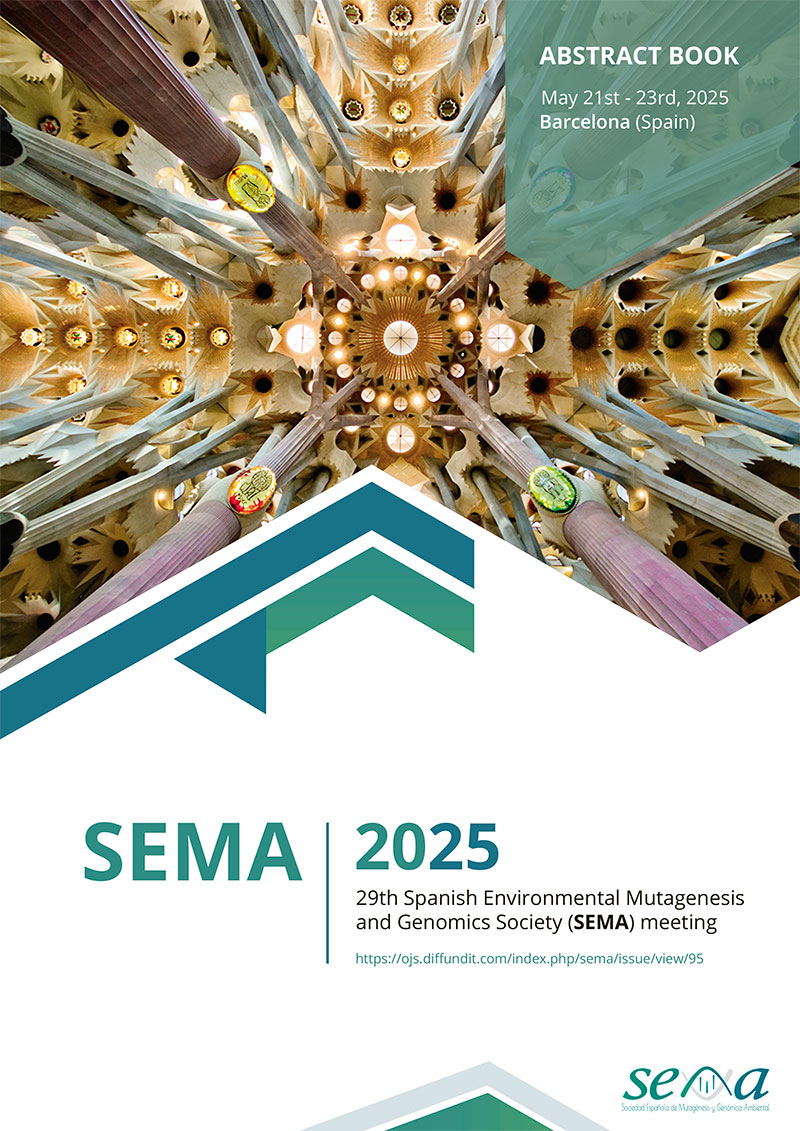Abstract
Environmental pollution, climate change and biodiversity loss are major health threats identified by the EU Action Plan “Towards Zero Pollution for Air, Water and Soil”. Addressing these challenges requires highly qualified toxicologists and ecotoxicologists, capable of evaluating emerging pollutants, complex mixtures and associated risks using innovative methods. The Erasmus+ Project ToxLearn4EU (2021-1-FR01-KA220-HED-000030081; https://toxlearn4eu.eu) was launched to modernise higher education in toxicology across Europe by designing and implementing open-access digital resources.
The project brings together ten higher education and research institutions from eight European countries. It focuses on three key areas: emerging pollutants, new toxicological methodologies and models, and risk assessment and communication. ToxLearn4EU has produced a series of online training materials, including core and advanced courses, case studies, and expert lectures—available via YouTube and the project website. These resources target both students and teachers, aiming to enhance competencies, promote digital literacy, and support curriculum renewal in line with the European Green Deal.
The pedagogical approach combines interactive learning and real-world applicability, promoting engagement through problem-based learning and thematic integration. Teachers are also supported with implementation guidelines to incorporate these resources into regular teaching practices. The courses contribute to life-long learning and academic-professional transitions in human and environmental toxicology.
By aligning digital innovation with sustainability goals, ToxLearn4EU strengthens toxicological education across Europe, improves student motivation and reduces dropout rates, and reinforces cross-border collaboration in science education.
Acknowledgements: The authors acknowledge the contributions of all ToxLearn4EU partners.
Funding: Funded by Erasmus+ KA220-HED - Cooperation Partnerships in Higher Education.

This work is licensed under a Creative Commons Attribution-NonCommercial 4.0 International License.
Copyright (c) 2025 Spanish Journal of Environmental Mutagenesis and Genomics

